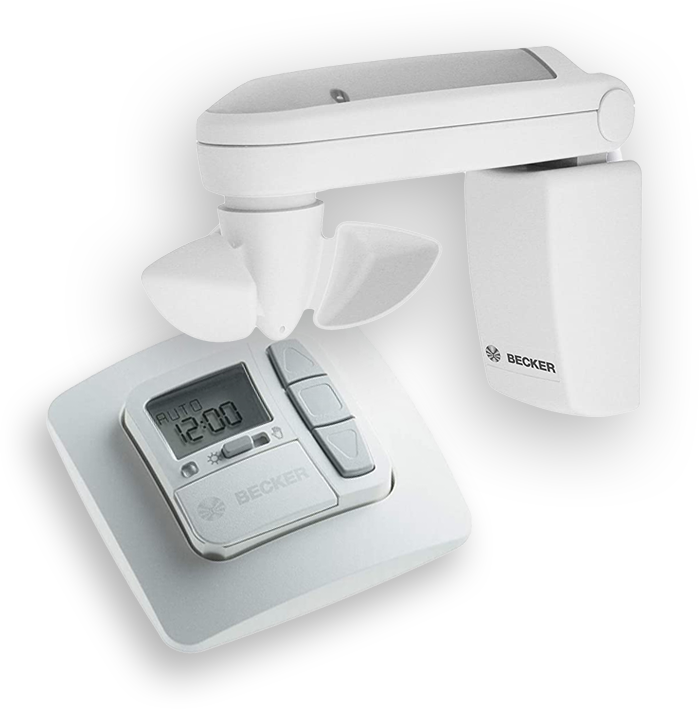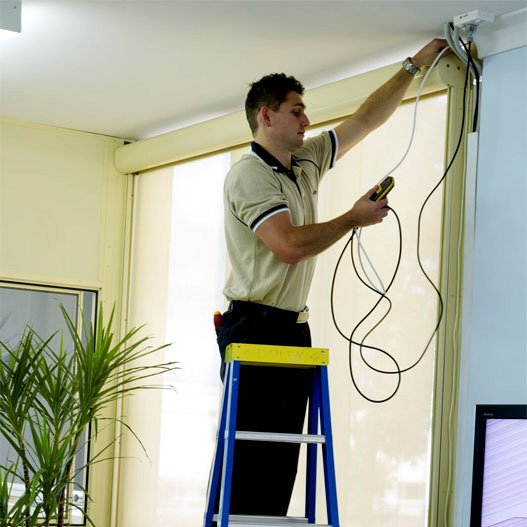Experience the Perfection of automated awning repairs: Kudos to Professionals
Awnings are a common fixture on both residential and commercial properties because of their practicality and aesthetic value. Awnings, however, are susceptible to wear and tear from exposure to the elements, leading to the eventual need for maintenance or even replacement. The cost and difficulty of awning repairs may vary widely depending on the fabric originally used.
This page will discuss the several materials that can be used to construct an awning, as well as their individual benefits and repair requirements. Knowing the pros and cons of various awning materials and the upkeep requirements for each will help property owners make educated decisions when shopping for and maintaining their awnings. For further assistance you can contact automated awning repairs services.
Primary Material: Fabric
Fabric is commonly used for awnings because of its long lifespan, adaptability, and potential for personalisation. Acrylic, vinyl, and polyester are typical materials for awnings. Fabric awnings, however, are susceptible to wear and strain, weather damage, and unintentional tears, just like any other material. Awnings can be made from a variety of materials, but fabric is adaptable and can be repaired if necessary. However, taking care of these typical issues will help your awning last longer and look better.
Second Material: Plastic
Awnings made of plastic are common since it is inexpensive, long-lasting, and easy to transport. However, exposure to elements like sunshine and heat can cause deterioration and eventual repair, such as cracking or brittleness. A plastic welding kit or two-part epoxy adhesive can be used to repair plastic awnings that have cracked or broken. These fixing compounds are excellent at mending broken surfaces and strengthening damaged areas.
Awnings made of plastic are susceptible to fading and discoloration due to the sun's ultraviolet rays. Applying a UV-resistant coating to the awning's surface will prevent this from happening. Specialised awning cleaners or vinyl cleaners can assist restore the awning's colour if it has already faded or become discoloured. Plastic awnings don't need much in the way of upkeep, but if you notice any problems with yours, you should fix them right away to prevent any further damage and to lengthen the life of your awning.
3rd Material: Metal
Metal is a popular choice for awnings, but it too can wear out over time and require maintenance or repairs. Metal awnings are a reliable option for high-traffic areas such as businesses and factories. They may, however, eventually need some sort of maintenance or fix. If you want the repairs done right and in a safe manner, you should call in the repair automated awning professionals at an awning repair service.
Part Four: Wood
Awnings that go for a more classic or country look oftentimes are made of wood. Wood awnings, however, need frequent care to prevent damage from the elements, especially moisture and sunshine.
Conclusion
An awning with quality repairs will endure far longer than one with shoddy ones. If you follow the appropriate procedure, your awning should be sturdy and weatherproof. Your awning's warranty may be voided if you attempt to repair it in a way that is not specifically recommended by the manufacturer. If you go about it the right way, you should be able to keep your warranty intact. It's wise to call in the pros if you're not sure how to fix your awning. If you maintain your awning properly, it will continue to provide shade and protection for many years to come.




Comments
Post a Comment